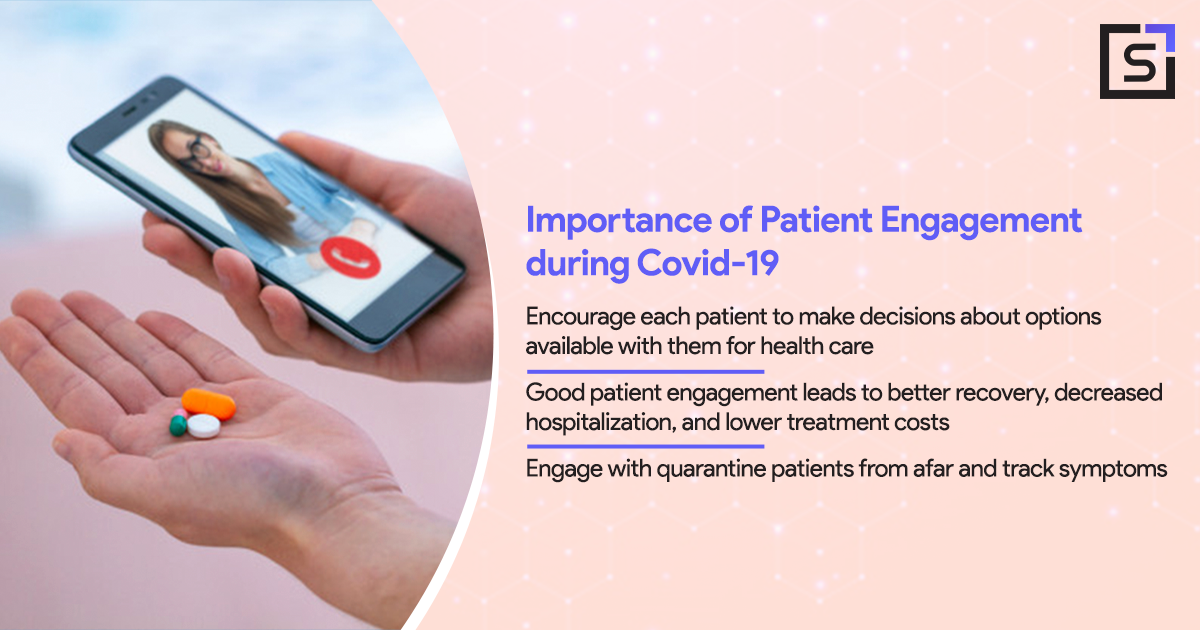With reduced face-to-face participation during the COVID-19 pandemic, patients have expanded their use of telehealth technology and other digital channels to maintain their health, which may increase demand for more digital interaction in the future
With reduced face-to-face participation
during the COVID-19 pandemic, patients have expanded their use of telehealth
technology and other digital channels to maintain their health, which may
increase demand for more digital interaction in the future. Statistically
speaking,
83.3% of patients have used online patient portals to access test results
during Covid-19.While these patient support programs do not substitute
healthcare providers, they offer a reliable and valued complement of
information that is needed more than ever. Patient engagement fosters trust
among patients and those who treat them, and it is essential to ensuring
continuity of care. At times of a global pandemic, patient engagement plays a
vital role.
Let us look at some importance of
patient engagement and some strategies to help guide patients and protect staff
during the Coronavirus pandemic.
Importance
- Patient
engagement is essential to encourage each patient to make decisions about
options available with them for health care.
- Medical
staff works more efficiently with patients when you have a strategy to
improve patient engagement.
- Good
patient engagement leads to better recovery, decreased hospitalization,
and lower treatment costs.
- For
self-practice, it is suggested to use EHR as hospital software and as part
of your patient engagement efforts.
- Activate
the patient portal in the EHR to enable patients to interact more
effectively with your staff and be a part of the connected care system.
Let us understand how to execute
patient engagement successfully during this pandemic.
Engagement
Strategies
- Use
broadcast products to share information about COVID-19, evolving office
policies, prevention strategies, and when to schedule a doctor's
appointment.
- Engage
patients with high risk. Patients with chronic conditions,
immunosuppressive patients, and anyone 60 years of age or older must be
aware that they are at higher risk if they become infected with COVID-19.
You can identify patients with high-risk conditions and automatically send
tailored messages to each subset of patients.
- Use an
online survey to help screen patients and reduce call volumes. When you
digitize patient screening, a simple text message is all that is needed to
screen patients. Facilitating on-going contact between patients and
physicians via telehealth, telemedicine, and online portals can increase
engagement rates
by 60% or more.
- Engage
with quarantine patients. Automate daily visits to patients diagnosed with
COVID-19, asking them questions to determine if symptoms are progressing.
It will help avoid needless hospitalization while ensuring that patients
in need of emergency treatment are quickly sorted out.
Conclusion
Today, patient
participation is regarded as a legal right of the patient, and health
professionals strive for this standard. Patients must participate in decisions
associated with planning, performance, and evaluation of healthcare.


 Download Resources
Download Resources